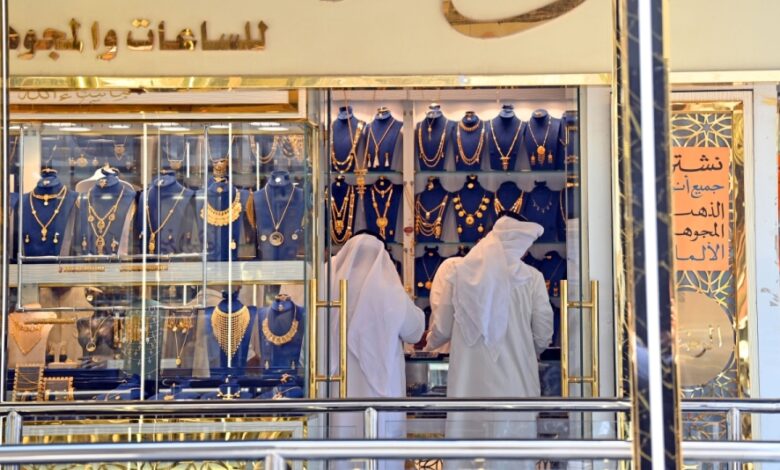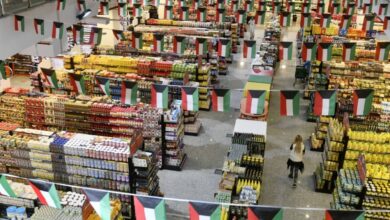
In the first quarter of 2025, gold consumption in Kuwait dropped by 15 percent, with total demand falling to 3.8 tons compared to 4.5 tons in the same period of 2024, according to the latest data released by the World Gold Council.
The largest hit came from jewelry demand, which saw a steep 20 percent year-on-year decline to just 2.4 tons. Even the traditionally stable investment in gold bars and coins declined slightly—by 5 percent—to 1.4 tons.
This downward shift in demand comes amid a surge in global gold prices, which rose by approximately 25 percent since the beginning of 2025.
The local market mirrored this trend, with 24-karat gold rising by 6.5 dinars and similar jumps across other purity levels. While prices dipped slightly—by about 2 percent—in the final week of April, the earlier spikes had already dampened consumer enthusiasm.
Experts point to economic uncertainty and fears of an impending global recession as driving forces behind this trend. Many consumers, both citizens and expats, have turned cautious, limiting their gold purchases as a precautionary financial move.
Over the past five years, Kuwait has consumed 86.4 tons of gold, making it the fourth-largest Arab consumer after Saudi Arabia, the UAE, and Egypt. Of this, 64.5 tons were jewelry and 21.9 tons were gold bars and coins.
While 2024 also saw a 6 percent decline in total demand, investment in gold bars and coins actually rose by 16 percent, reflecting growing interest in gold as a hedge asset amid uncertain times. Per capita gold consumption stood at 3.66 grams.
Interestingly, gold imports rose during 2024 despite lower demand—perhaps signaling anticipation of renewed interest or repositioning by traders. Kuwait’s imports of gold, jewelry, and precious metals increased by 10.9 percent to KWD 712.74 million, led by a 17.8 percent surge in raw gold imports.
Meanwhile, imports of precious stones and pearls jumped 10.3 percent, while artworks and antiquities surged by a remarkable 250 percent, hinting at a shift in luxury investment preferences among Kuwaitis.
As the market adjusts, many gold buyers are leaning toward lighter, tradable gold bars—weighing 100 or 50 grams—due to their liquidity and potential for quick profit-taking. Experts expect demand to rebound if price volatility stabilizes, especially if economic concerns ease.















